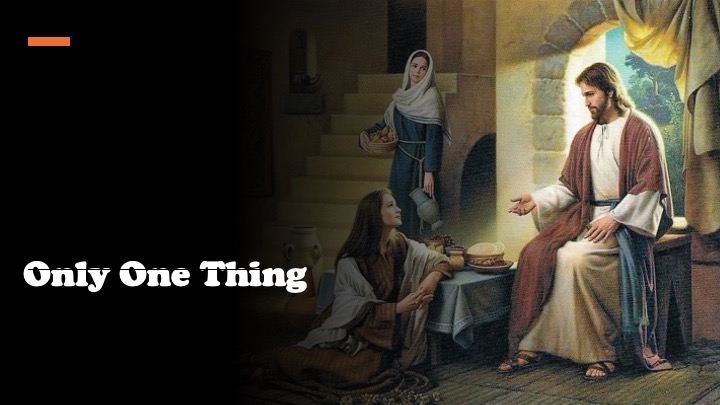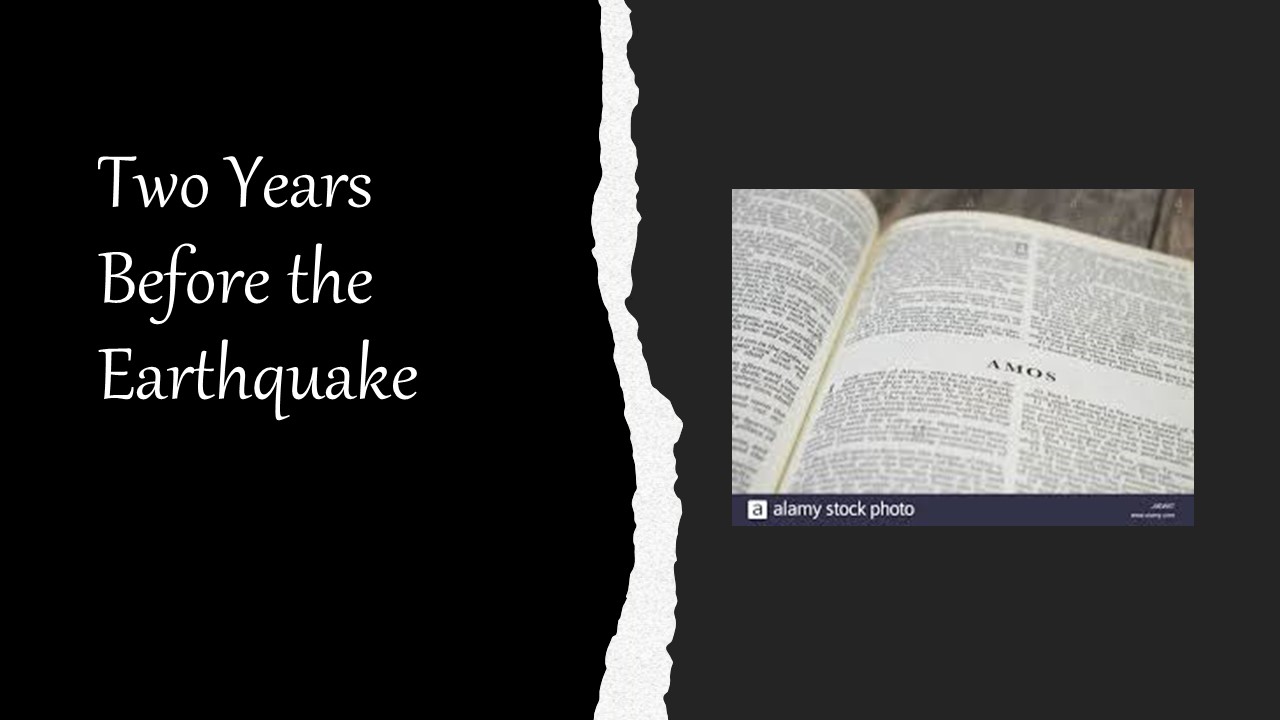Ecclesiastes presents us a naturalistic vision of life—one that sees life through distinctively human eyes—but ultimately recognizes the rule and reign of God in the world. This more humanistic quality has made the book especially popular among younger audiences today, men and women who have seen more than their fair share of pain and instability in life but who still cling to their hope in God.
As we wrap up our study of the book, we reflect on the main ideas in the book. Throughout the book there are points made that might be challenging to understand. We consider a few of them. Scriptures referenced include Ecclesiastes 12:10-14; Ecclesiastes 1:2; Ecclesiastes 2:1,2; Ecclesiastes 7:19; Ecclesiastes 10:2; Ecclesiastes 10:15; and Ecclesiastes 11:7-8, 10.

In this episode of the 10:10 Thrive Podcast, we reflect on Jesus’ profound interaction with Mary and Martha in their home in Bethany. These...

A major earthquake occurs in Israel towards the end of the rule of King Jeroboam II. Amos begins his ministry “two years before” this...

Strength in weakness is the central message of 2 Corinthians. Throughout the letter Paul turns upside down our natural expectations of the way life...